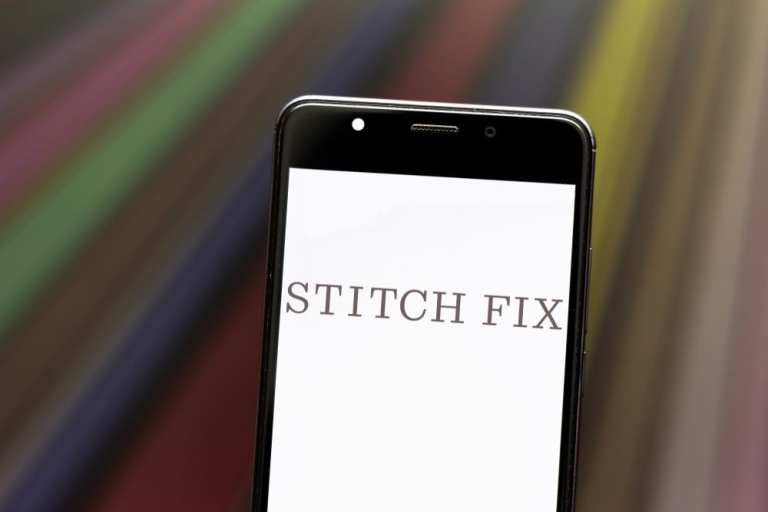At a time when brick-and-mortar stores continue to feel the effects of light traffic and reluctant shoppers, Stitch Fix’s business model of sending a box of hand-selected clothing and accessories straight to the consumer’s door each month is working, as the company added 240,000 new members last quarter alone, and now has more than 3.8 million.
“Our ability to leverage data to generate insight allows us to relentlessly adapt our inventory assortment and continually strengthen our recommendations,” was the driver behind the company’s best-ever quarterly client addition, Lake told analysts on the FQ1 earnings call on Monday (Dec. 7).
“In women’s, for example, we’ve grown our athleisure assortment as a percent of our women’s inventory by over 150 percent compared to pre-COVID levels, helping us to serve elevated demand for these products and meet our clients’ work-from-home needs,” she continued.
Not Just Style
While the stylistic tweak away from business suits and office casual clothes makes sense, having someone else doing the shopping also seems to have appeal for consumers. And whether those clothing choices are made by a trained personal stylist or a computer algorithm that applies machine learning to reflect changes in taste, customers clearly like it.
Advertisement: Scroll to Continue
In the case of Stitch Fix, the company said a record 80 percent of its new customers bought at least one item from the first box of clothing they received, a metric the San Francisco-based company says has proven to be the best indicator of how well the “customer spending journey” will play out.
While acknowledging that women are still the best customers, the remote fashion services also cater to men, kids and other subcategories like maternity or plus sizes.
Other promotional retail techniques are also routinely applied, such as Nordstrom-owned Trunk Club agreeing to waive its $25 styling fee if clients pay with their Nordstrom card.
Maturing, Adapting, Innovating
Although the monthly subscription business model itself has been around for decades, it has exploded in the last decade to include more and more categories. As part of that maturing process, the various players in the segment have continuously had to adapt to changing tastes, market forces and competition, as well as unforeseen disruptions like the coronavirus.
In the clothing space, recent innovations look to be headed toward giving customers more flexibility and spontaneity in what is included in their next shipment, as well as the ability to pause membership or reject some or all of an order before it is sent out.
For example, allowing a customer who might be attending a wedding or going in for a job interview to select styles that reflect those temporary life circumstances is indicative of the growing level of service offered in this maturing and competitive industry.
Try It, You’ll Like It
According to the latest PYMNTS/Recurly Subscription Commerce Conversion Index, some 15 million consumers have signed on to at least one subscription service since the pandemic began. And while the rate of trial subscriptions is up, so too is the conversion or retention rate of turning them into repeat customers.
According to Recurly executive Emma Clark, that trend is happening across industries and all sorts of categories as consumers look for new channels for entertainment and education, in addition to even safer and more convenient ways to shop for common household items – like cleaning supplies and razors – without having to venture out into the real world.
It’s a trend that Stitch Fix’s CEO recognized in the company’s prior earnings call in September.
“Right now, the model of trying on and buying personalized selections of clothing at home is more relevant than ever,” Lake noted.
Read More On Subscriptions:




